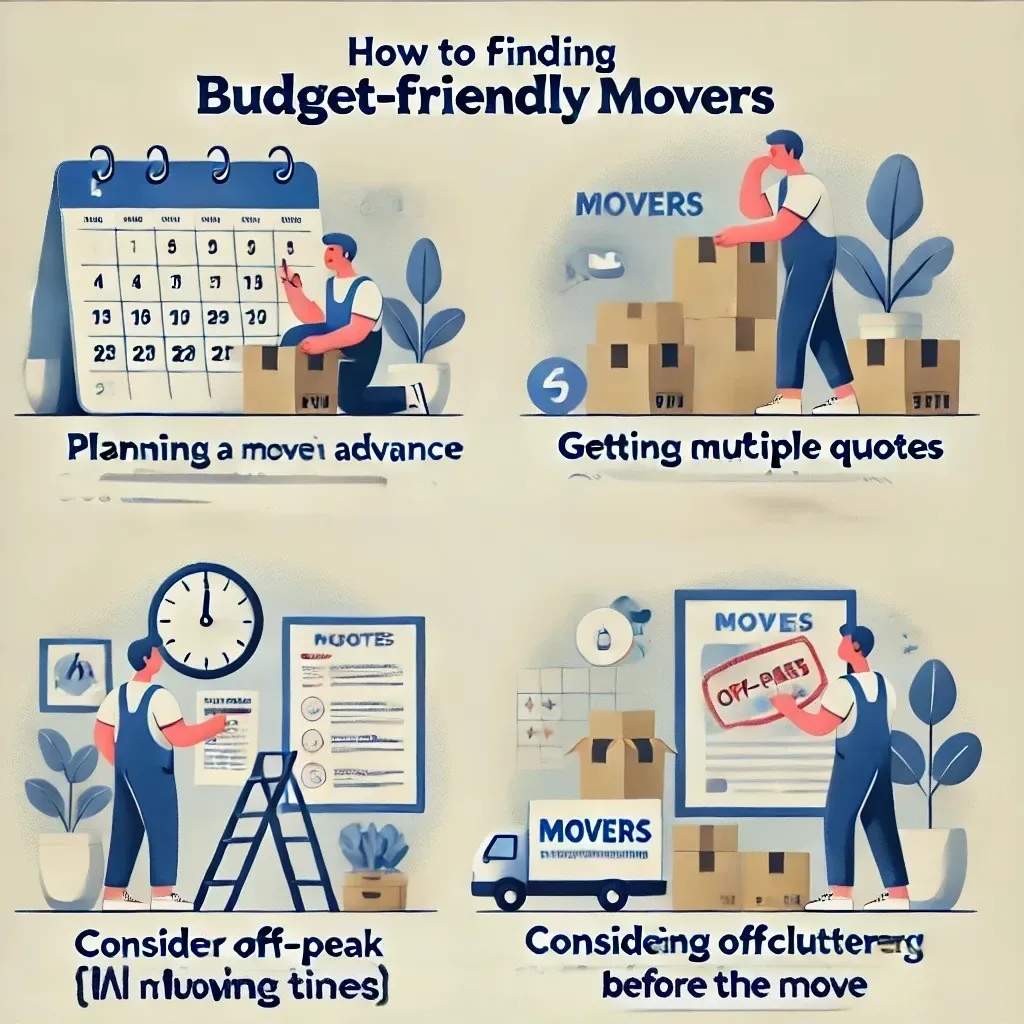Storing household items can be an excellent solution during a move, renovation, or simply when you need to declutter your home. However, preparing your belongings for storage is crucial to ensure they remain in good condition and safe from damage or deterioration. Here are some practical tips to help you get your household items ready for storage, whether you're using packers and movers or arranging for truck transport.
Declutter Before You Pack
Before packing your belongings for storage, take time to declutter your home. Go through each room and decide which items you need to keep and which you can donate, sell, or dispose of. This process will reduce the number of items you need to store and make the packing process much more manageable. Decluttering can also save you money if you are using transportation by minimizing the load.
Use Quality Packing Materials
Investing in high-quality packing materials is essential for protecting your household items during storage. Choose sturdy boxes, bubble wrap, packing paper, and durable tape. If you're working with professional packers and movers, they will typically provide the necessary materials to ensure your items are safely packed. For fragile items, consider using extra padding and labeling the boxes as ‘fragile’ to prevent damage during transport and storage.
Label Your Boxes Clearly
Clearly labeling your boxes will make it easier to find specific items later on. Please include a brief description of the contents of each box, along with the room it belongs to. This step is beneficial if you are using truck transport, as it will help the movers know where each box should go when it’s time to unload.
Disassemble Large Furniture
Large furniture pieces, such as beds, tables, and wardrobes, should be disassembled before placing them in the warehouse. That not only helps save space but also reduces the risk of damage. Keep all screws, bolts, and small parts in labeled bags and tape them to the corresponding furniture to avoid losing them. If you are hiring packers movers, they can assist with disassembling and packing your furniture professionally, ensuring every piece is well-protected.
Clean and Dry Items Thoroughly
Ensure all items are clean and dry before packing them for the warehouse. Dirt, grime, or moisture can cause damage over time, such as mold, mildew, or rust. Wipe down appliances, furniture, and other belongings with appropriate cleaning agents, and make sure they are scorched before packing. This step is crucial for items going into long-term warehouse storage due to varying weather conditions.
Protect Fragile and Valuable Items
Fragile items like glassware, mirrors, and electronics require extra care. Wrap them individually with bubble wrap or packing paper and place them in boxes lined with cushioning materials. If you are using movers and packers, inform them of any high-value or delicate items so they can handle them with the utmost care.
Optimize Space in Your Storage Unit
To make the most of your warehouse unit, use a strategic approach when packing. Put the heavier items at the bottom and arrange the lighter, more fragile ones on top. Keep frequently used items or items you may need to access sooner towards the front. Stack boxes neatly, leaving space for ventilation to prevent damage. If you're unsure how to optimize your space, consult with the packers and movers team for professional advice on efficient packing.
Consider Climate-Controlled Storage
If you are storing sensitive items such as electronics, wooden furniture, or artwork, consider choosing a climate-controlled warehouse. These units ensure a stable temperature and humidity, safeguarding your items from harsh weather conditions. When using transportation, also inquire about climate-controlled options if your items will be exposed to varying temperatures during transit.
Secure Your Storage Unit
Security is a top priority when storing your household items. Choose a self-storage unit for rent facility with robust security features, such as surveillance cameras, gated access, and strong locks. If you are working with a house shifting service, they can often recommend trusted godown facilities with secure premises. Additionally, ensure your storage unit is properly locked, and keep a record of all items stored for added peace of mind.
Plan for Easy Access
If you anticipate needing access to some of your stored items, pack those items toward the front of the godown. Clearly label the boxes and create an inventory list of what is stored and where. This planning will save you time and effort when you need to retrieve specific items, whether for daily use or during your next house shift.
Conclusion
Getting your household items ready for the warehouse doesn't have to be a stressful task. By following these tips and considering professional packers and movers with truck transport services, you can ensure your belongings are safe and well-protected throughout the storage period. Whether you're in the middle of a move or need to create more space at home, taking the time to prepare your items for the warehouse properly will give you peace of mind and make the entire process more efficient.





